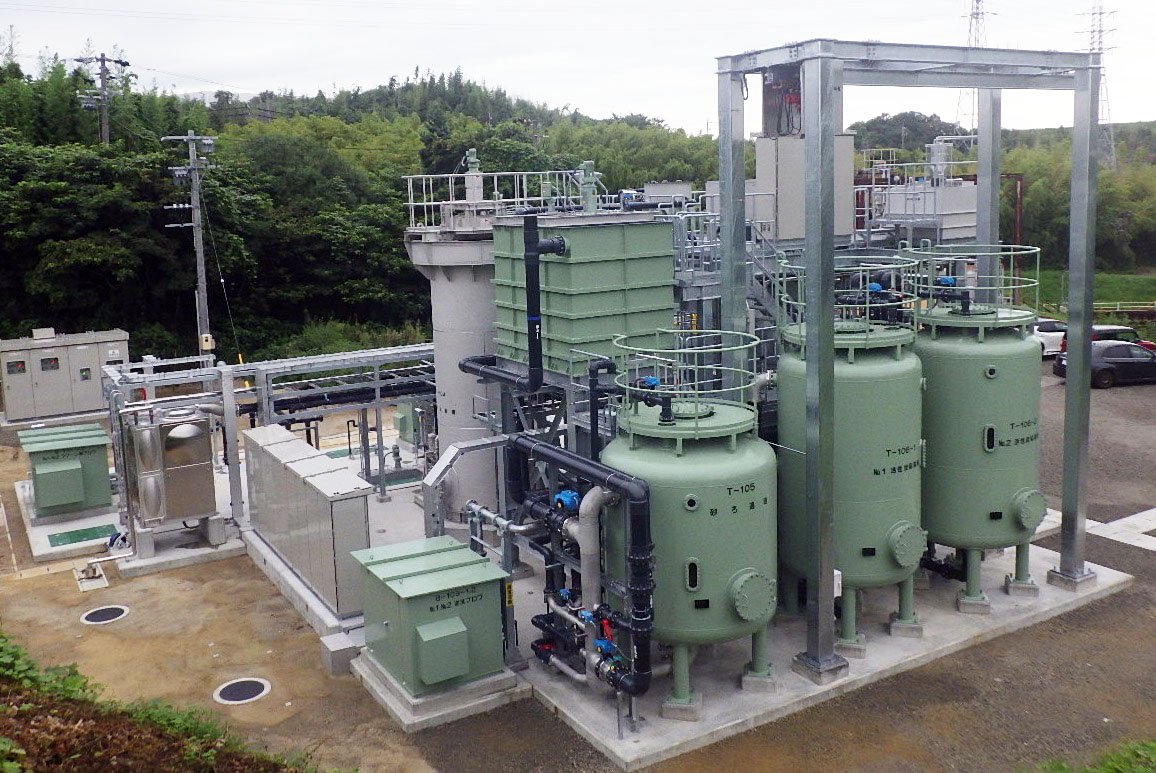- Water treatment
- Water treatment
Landfill Leachate Treatment Plant
- Water treatment
- Water treatment
Landfill Leachate Treatment Plant
Recent years have seen a growing awareness about environmental issues that comes with rising living standards and the greater diversification in lifestyles accompanying changes in the structure of our societies. This has led to growing calls for the more suitable treatment of landfill leachate at municipal solid waste final processing facilities.
MKK can manufacture a series of plant and facilities employing the advanced technologies required to treat the many polluting components found in landfill leachate which includes BOD, COD, SS, T-N (Total Nitrogen), calcium, dioxins and saline compounds.
Features
- MKK designs the overall treatment process by rationally combining the advanced process and biological treatment process units necessary to achieve the required post-treatment water quality.
- Employing either biological contact aeration method or rotary disc method, MKK's biological treatment process is easily capable of coping with sudden changes in the volume or quality of the water being processed. The treatment process also offers easier maintenance than activated sludge method because it eliminates the need to regulate return sludge, mixed liquor suspended solids (MLSS) or air volume.
- MKK calcium treatment systems offer a choice of either calcium scale reduction or calcium removal method, depending on the concentration of calcium in the feed water.
- MKK dioxin treatment facilities break down dioxin using a combination of ozone oxidation and ultra-violet radiation. A characteristic of the method is that the decomposition reaction process is conducted under pressure, which ensures that the ozone dissolves efficiently and keeps down the presence of air bubbles in the UV radiation process. The result is fast and efficient dioxin decomposition.
- MKK saline compounds treatment plant employs either the ion-exchange membrane electrodialysis or the reverse osmosis membrane method or a combination of both, depending on the concentration of saline compounds in the feed water.
- In designing the treatment plant, MKK selects units and processes that are easy to operate, uses automated machinery and systems that automatically record water quality data and data required by the machinery. Remote surveillance and remote control systems can also be incorporated to eliminate the need for 24-hour manning of the plant.
Note) The system configuration will differ depending on the properties of the water for treatment.
This product is for use only in Japan.

